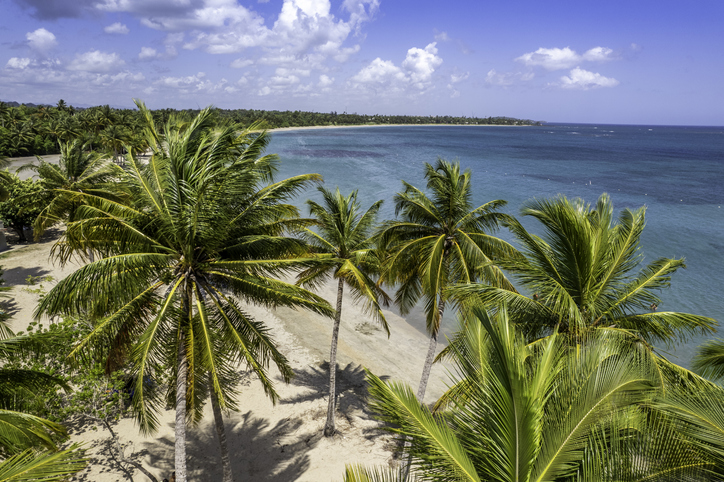The Mille Club: Thinking of the Hidden Costs for High Rates
What’s it cost? Can you measure its direct effect on net contribution? While the two of us are tremendous fans of helping a hotel evolve into a more data-driven organization, there is nevertheless an art to creating a successful hospitality operation. And nowhere puts this more in focus than the luxury segment where the grandeur, opulence and excess are largely irrational yet wholly necessary to support thousand-dollar rates.
At this point, we could lecture on about Veblen goods, Giffen goods, the rise of the leisure class and other elements of behavioral economics that contribute to a hotel’s pricing strategy, perhaps it’s better to explain our point via an example. Namely, we are wine nuts, so let’s start there. First, let’s look at the history of how fine wine has supported fine rates, then circle back to the lesson for every hotelier looking to grow nightly rates, no matter the star rating.
 Menu Reminiscing
Menu Reminiscing
It’s the Winter of 1969. For many northeasterners, this meant a trip south, typically by car to Florida. For those of means, Puerto Rico was also a preferred Caribbean destination, being under the American aegis and thus having an air of surety for FITs. With airfares being relatively much more expensive than today, a trip of this nature would not be commonplace, reserved for HNWI travelers.
One such resort catering to Americans, the Dorado Beach Resort (now a Ritz-Carlton Reserve property) offered room rates of over $100 per night, equivalent to roughly $1,000 in today’s dollars. Owned by the Rockefeller family, it was a hotspot for VIP clients and celebrities. In keeping with their prestigious ‘international’ status, the resort curated an extensive wine list (as illustrated by a screenshot of the introductory page).
As a time-honored Mille Club member, one of the ways the property differentiated itself was with sophistication and a ‘European’ flair. Back then, for Americans at least, fine wine was still a bit of a mystery. There was a limited appreciation of the nuances of wine-growing regions or grapes, let alone vintages. Recognizing this, the property created a wine list that, at first, educated their customers. To pay off this education, the wine list provided variety insofar as a selection that both demonstrated the restaurant’s knowledge while also providing a launch point for intimate guest-sommelier rapport.
As an opening aside to what you can learn from this Mille Club example, examine your wine list. What are you doing to build your guests’ basic knowledge and further educate them in an approachable, themed manner? Take a cue from this example and create a reason for your sommelier or waitstaff to interact and generate both memorability and profitability.
 Then Came Wine Inflation
Then Came Wine Inflation
Examining a page from the 1960s wine list of Red Burgundy, one may be left with a degree of reverse sticker shock, as prices were well below what we are experiencing today, even at your local bottle shop where restaurant markups aren’t a thing. When comparing vintages, please keep in mind that this list is 50+ years old, so a 1964 vintage would equate to a 2014-15 today. Nevertheless, we doubt anyone will ever see any vintage of Clos Vougeot under a hundred dollars in any restaurant nationwide.
There are further examples insofar as Bordeaux as well as many other wines. For Mille Club members, the wine list needs vintages that not only reflect your F&B director or sommelier’s expertise but also what will match or exceed the guest’s expectations. This is, after all, a place where wealthy patrons are anticipating preeminent imports from Europe, so, therefore, they are mandatory towards completing the experience and justifying the nightly rates for the always discerning luxury traveler.
The word we use nowadays to denote this thematic congruence is ‘lifestyle’. Thus, the second lesson is that a keen eye for imbuing a sense of lifestyle throughout a hotel can help it escape the challenges of modern-day inflation.
But looking at the Red Great Bordeaux list, you should note that these represented some of the rarest wines in the world (their words) and were being offered from the owner’s private selection. How about a 1929 Chateau Margaux for $35? An equivalent today would be offering a 1985 Chateau Margaux for $350 instead of its runaway value on the open market.
While it’s crazy to look back at how exponential inflation has been for fine wines, the challenge we all face is that keeping up represents a huge carrying cost. And now that senior teams and owners have an ever-scrupulous eye for cost efficiencies, it’s becoming harder and harder to rationalize these types of expenses.
 How Extravagance Supports High Rates
How Extravagance Supports High Rates
Mille Club member properties can and should be known for their extravagance, so long as this fits with the brand’s core values, theme and desired guest lifestyle. A great cellar is one such element to support that image, provided you flaunt your most exceptional bottles.
This may also be called ‘aspirational wines’ where it isn’t so much about generating a high volume of sales from listing, say, Chateau Margaux on the list as it’s about offering a glimpse into the luxury lifestyle to anchor price everything else.
One bean counter might ask, “This wine is way too expensive to buy and hold, so why not cut it from the menu to boost overall profitability?” But the Mille artist might then counter, “How will we support the image of a luxury hotel and continue to attract our kind of clientele without these kinds of luxury items for guests to behold?” Hence, the third and final lesson is that luxury is irrational, and this requires spending in some areas far above what’s necessary to attract the type of guests that you want.
You need fine wines to be called a fine dining establishment and cajole customers to pay elevated prices for that experience. You need to budget for an elaborate lobby PIP to make that space a standout that luxury guests will deem befitting their stature. Even when cheaper ceramic tiles may suffice, you need bathrooms decked out with floor-to-ceiling marble so that luxury guests can see the value for the huge rates. These are but three examples, and yet the takeaway is that to move up in classification you should be prepared to spend, both because your guests will see the difference and because not presenting them with a strong ‘reason to visit’ will mean they’ll just go somewhere else.




